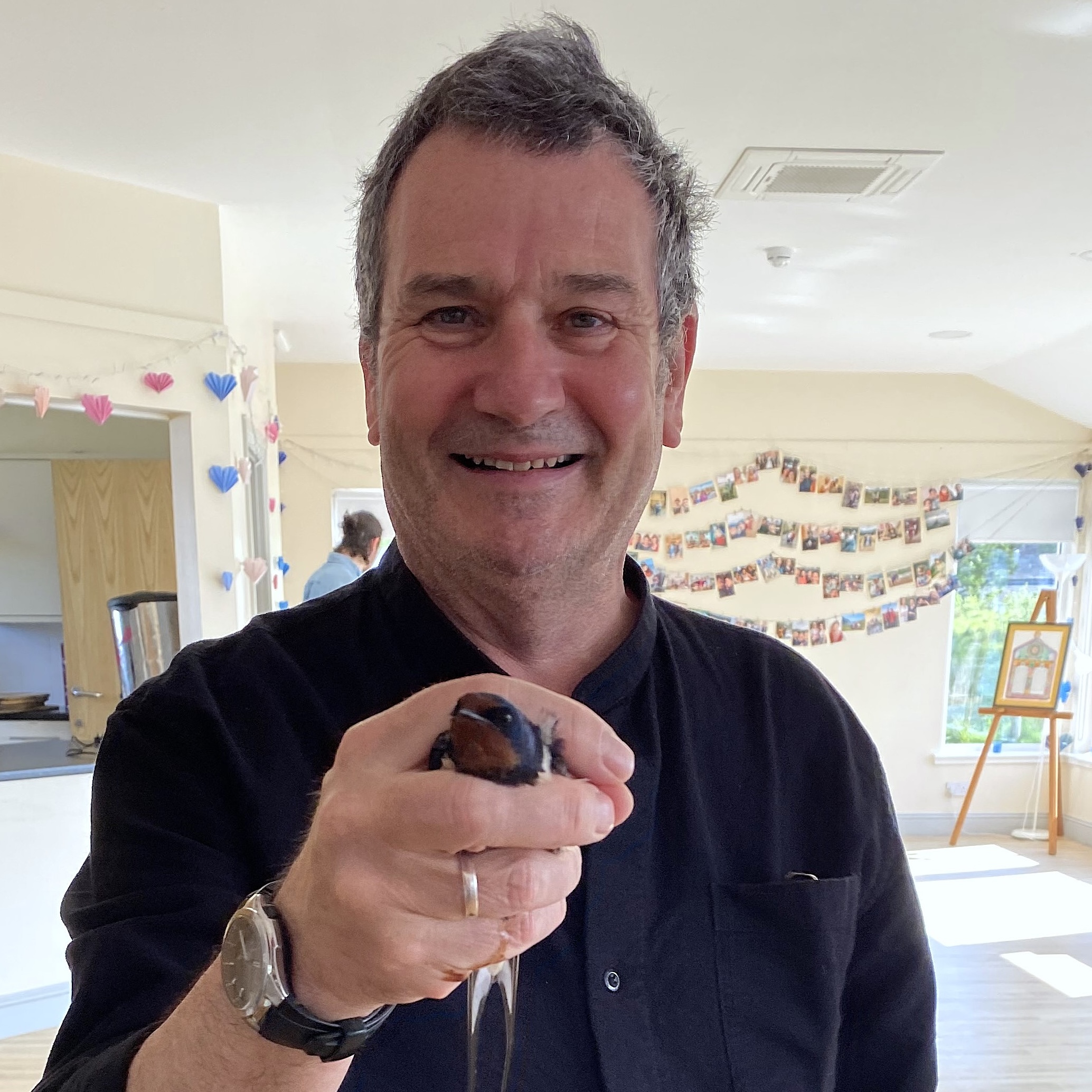Britain has 763 different types of moss — and they're varied, distinctive and strikingly beautiful
As special as orchids, as beautiful as bluebells and as important as oaks, our ground-hugging mosses are worth a look down, says naturalist and author Mark Cocker.
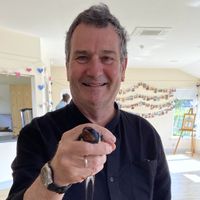

If people were asked to name the most important plants in the British countryside, my guess is many would choose something special, such as the ultra-rare lady’s slipper orchid. Or perhaps bluebells for those hazy pools of azure that float through many woods in spring, hardly occurring elsewhere in Europe. Others might opt for a more enduring expression of the national landscape, such as an oak wood. If so, then note that you will have to queue up with the Germans, French, Estonians and Bulgarians, to name a few, who also have oak as a totem tree.
The likelihood is that most won’t opt for my candidate: moss or, rather, mosses, so this is a good place to explore the extraordinary contribution they make to our world and to these islands in particular. A friend recently expressed surprise that there was more than a single type of British moss. There are actually 763 species and this doesn’t capture their full diversity.
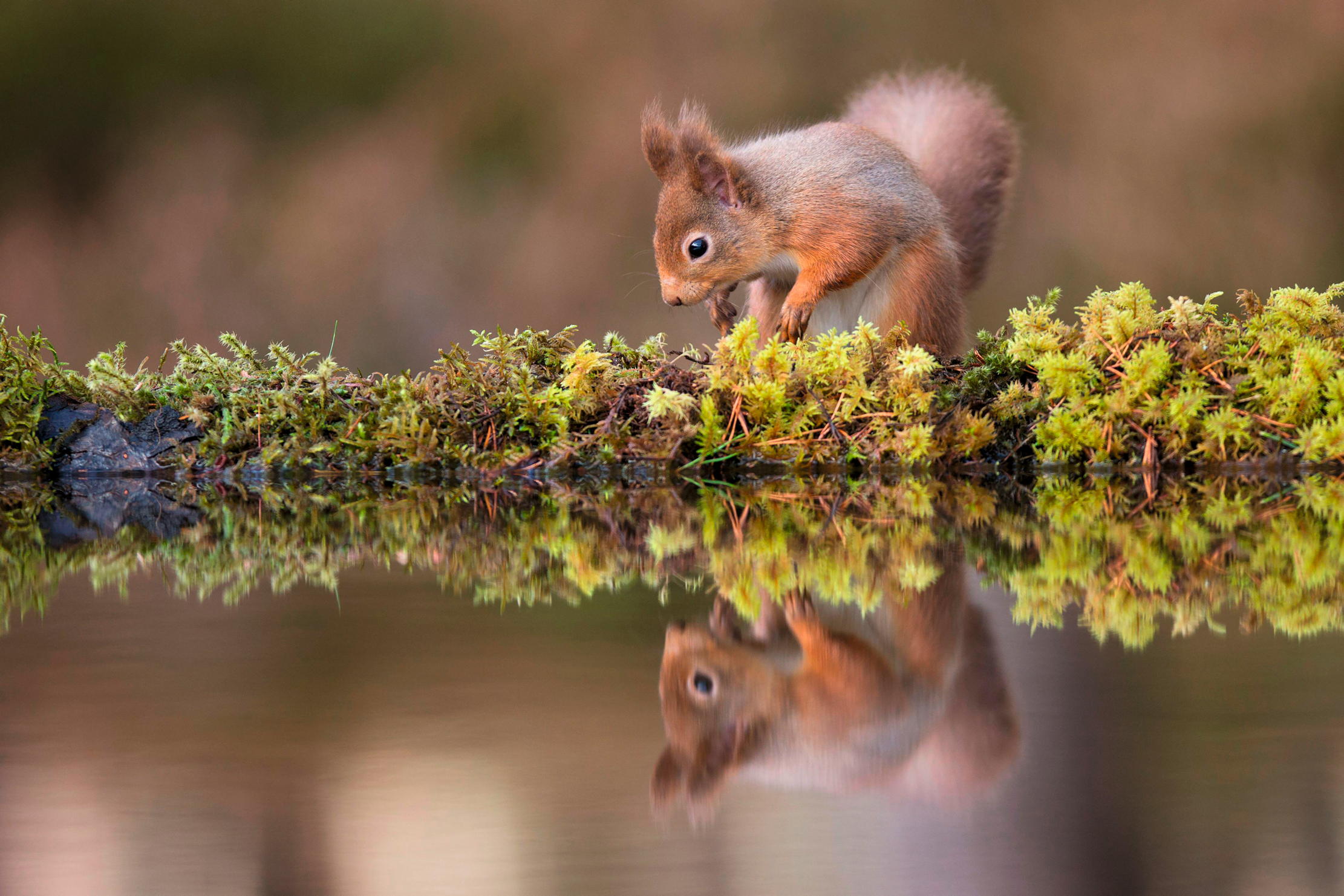
Mosses belong to a set of organisms known as the ‘lower plants’ or, more technically, as bryophytes. There are three main plant relatives in the group — mosses, liverworts (294 species) and hornworts (four species) — and, in total, we may have about 1,100 species. That figure represents nearly two-thirds of all those in Europe (our flowering plants, by contrast, represent only one-sixth of the continent’s total). Britain is, therefore, bryophyte heaven, with a higher diversity than almost any other country.
One key reason we overlook them is that mosses are restricted in size, ground-hugging, shade- and frequently damp-loving plants with soft, loose and often thread-like shoots and minute leaves. They have no roots, bear no flowers and lack the necessary and tough molecules — cellulose and lignin — that allow other plants to grow so tall. Mosses are not only small, but the differences between one species and the next can be microscopic. A 10-times lens is a default part of my newfound love affair with bryophytes, but I’ve come to realise that they are often varied, distinctive and strikingly beautiful.
"If you really want to see moss on the grandest scale, go to the Flow Country... it is like nothing you have ever seen elsewhere in Britain"
At risk of sounding provocative, I strongly urge anyone to look at what is perhaps the most reviled of the species, springy turf moss, which is one of those most likely to be growing in your lawn. Although the overall colour is soft lime, each rising stem has a delicate rose or orange hue and at its tip it bears a starburst of reflexed leaves. These hair-like parts catch and refract the sunshine so that the whole organism becomes a glistening blanket of light. I’ve learnt to love and welcome it to our garden.
One facet that partly explains their unpopularity with gardeners is that, although the individual plant may be small, mosses often propagate vegetatively, spreading across a surface until they smother it. Yet for full sexual reproduction, mosses require abundant water and usually rain, which carries the reproductive cells, the male and female gametes, to one another. It is the need for precipitation that explains why bryophyte diversity and abundance increase towards the rain-soaked north and west of Britain.
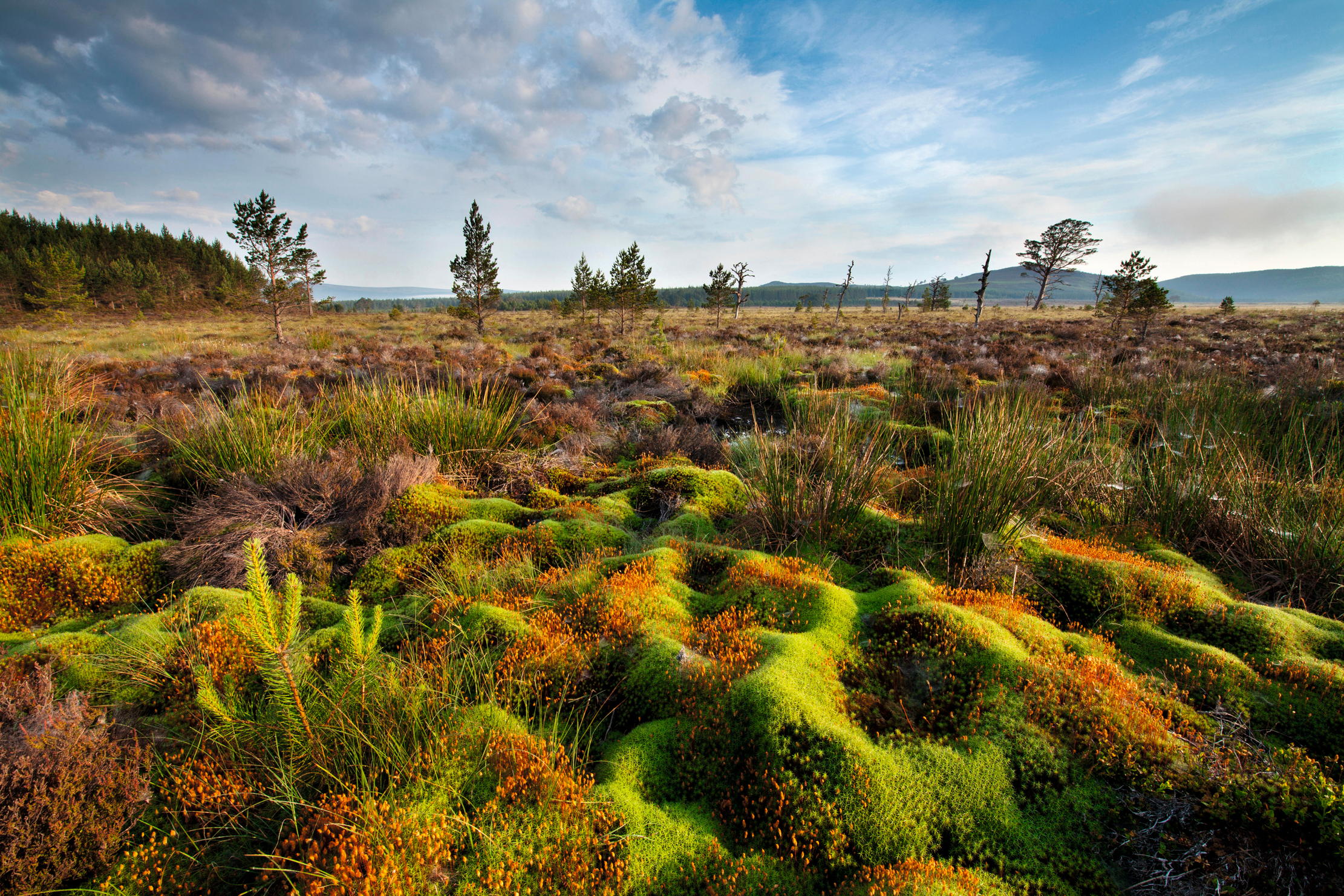
In my area of north Derbyshire, we don’t have those places with the full extraordinary ensemble of lichens, ferns and epiphytic bryophytes that are the signature of so-called ‘temperate rainforest’. Even so, our limestone dales are magnificent places for mosses, especially in this year of excessive rain. Swollen up with so much moisture, species such as silky wall moss or the rather oddly named flat neckera engorge our limestone walls until the whole thing looks like some strangely green-furred organism snaking through the landscape.
Exquisite houses, the beauty of Nature, and how to get the most from your life, straight to your inbox.
Unlike most wildlife, mosses are probably best enjoyed in winter. When the rest of the countryside is stripped bare and looks lifeless, moss carries on photosynthesising. In the dampest parts of Cressbrook and Millers Dale, entire trees become covered until they resemble networks of piping thickly lagged in moss green. Over time, other species colonise the moss mass, until a single sycamore or hawthorn can host more than 10 species. We may refer to mosses as ‘lower plants’, as if they were less sophisticated or less successful, but, at times, woodland trees look like nothing more than a convenient climbing frame for the benefit of bryophytes.
I adore these moss-engulfed trees, as do birds — tits, treecreepers, nuthatches and finches — which pick out the host of invertebrates that moss seems always to support. Come spring, I doubt there is a single songbird nest that doesn’t include a soft, duvet-like lining of moss for the chicks.
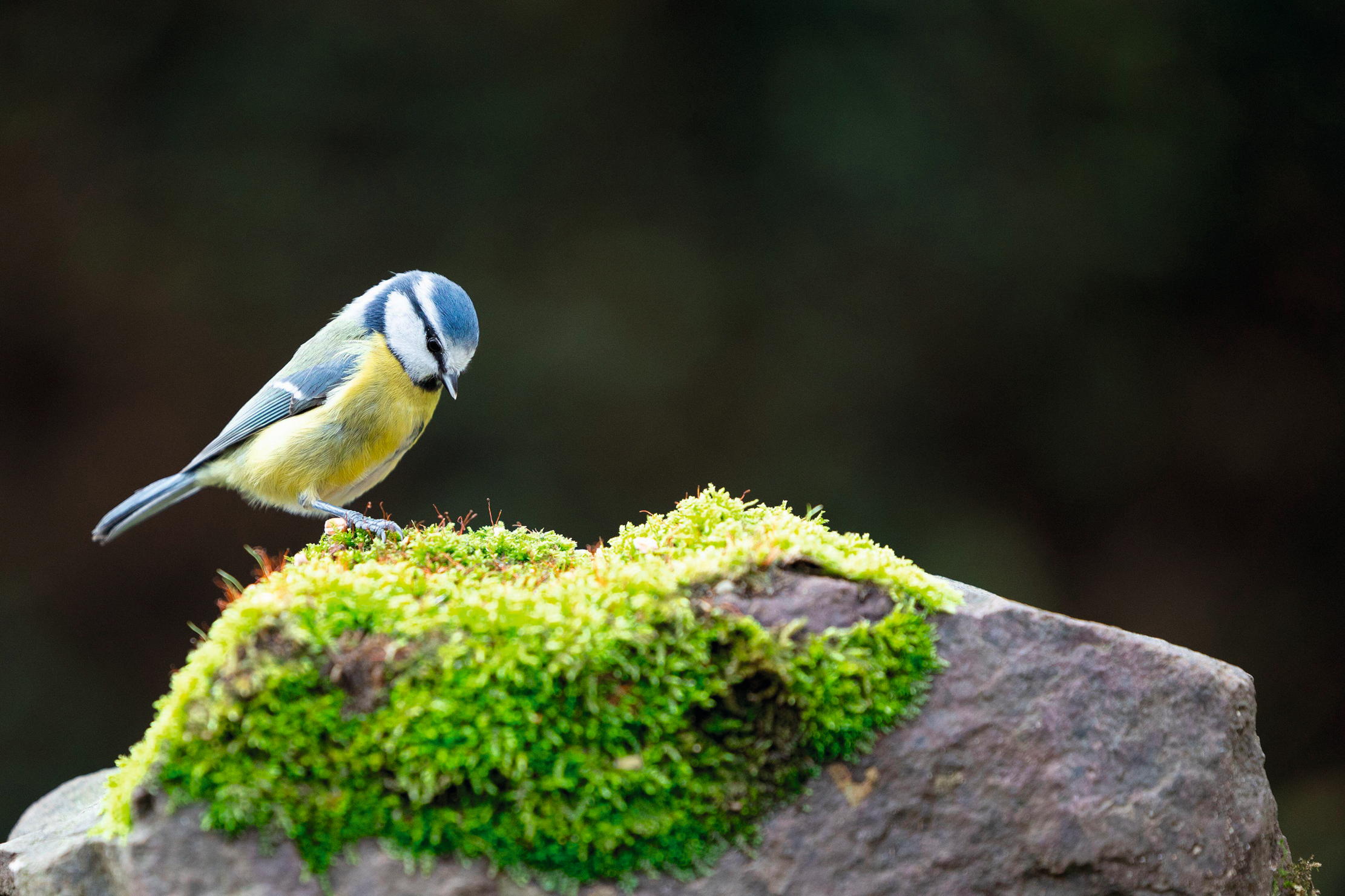
If you really want to see moss on the grandest scale, it is necessary to go to a place called the Flow Country. It comprises about 1,544 square miles of rolling, largely treeless plains across Sutherland and Caithness. Much of it has been made by a group of 30 water-loving species of sphagnum moss. These prolific, sponge-like plants flourish, but then rot down to create peat at a rough rate of 1mm (0.04in) a year. A peat bed 3ft thick thus represents 1,000 years of landscape history, although some areas of the Flow Country have peat more than 30ft deep.
Regardless of any unattractive connotation, the word ‘bog’ derives from the Gaelic term for ‘soft’. It nicely captures the quaking conditions, which are famously said to contain fewer solids than milk. The Flow Country is an acquired taste, but, indubitably, it is like nothing you have ever seen elsewhere in Britain and writers have likened it to the grasslands of Mongolia. Walking out into the middle of the rolling flatlands near Loch Shurrery, south of the town of Thurso, reminded me of the desert plains of Morocco or Jordan.
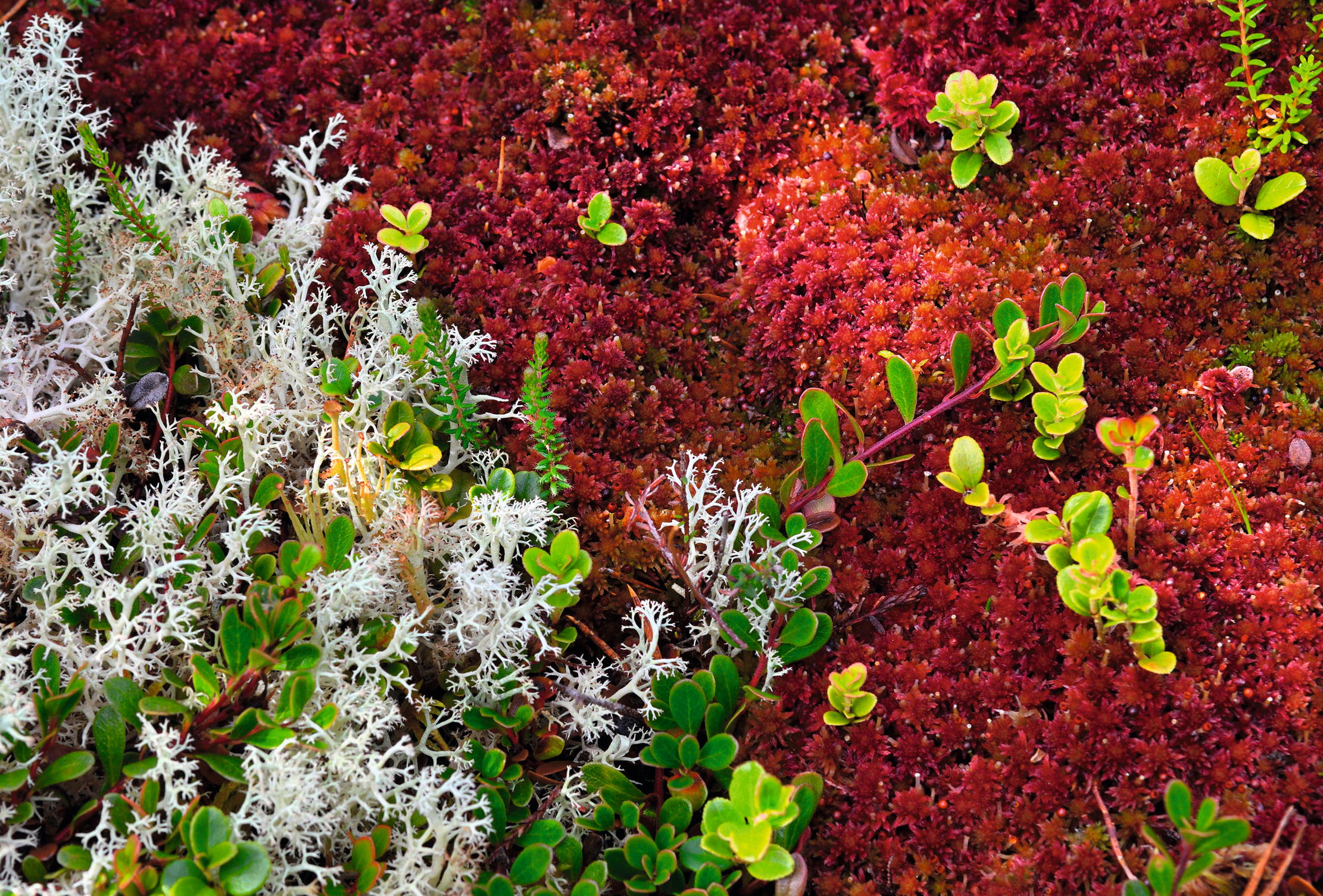
The quiet chromatic plaid of greys, duns, browns and soft purples, together with the intense silence of the place — apart from the song of skylarks and the melancholic notes of golden plovers — allows you to appreciate how much our world is polluted with the noise of engines and vehicles. The Flow Country, by contrast, abolishes almost all sense of our species and takes you as close as possible to a condition of true wilderness in this country.
As one bryologist put it so beautifully, ‘sphagnum does not merely live in bog: it is the bog’. British peatlands have long been exploited for a host of economic and agricultural purposes, but we have still not brought into focus their ecological and spiritual value.
The Flow Country is internationally recognised for its breeding birds, such as red-throated diver and greenshank. It is also the largest single area of blanket bog on earth in a country second only to Ireland in global importance for the habitat. The Flow Country has recently been designated a UNESCO World Heritage Site, too, proving that those tiny, flowerless, humble plants called mosses really do matter.
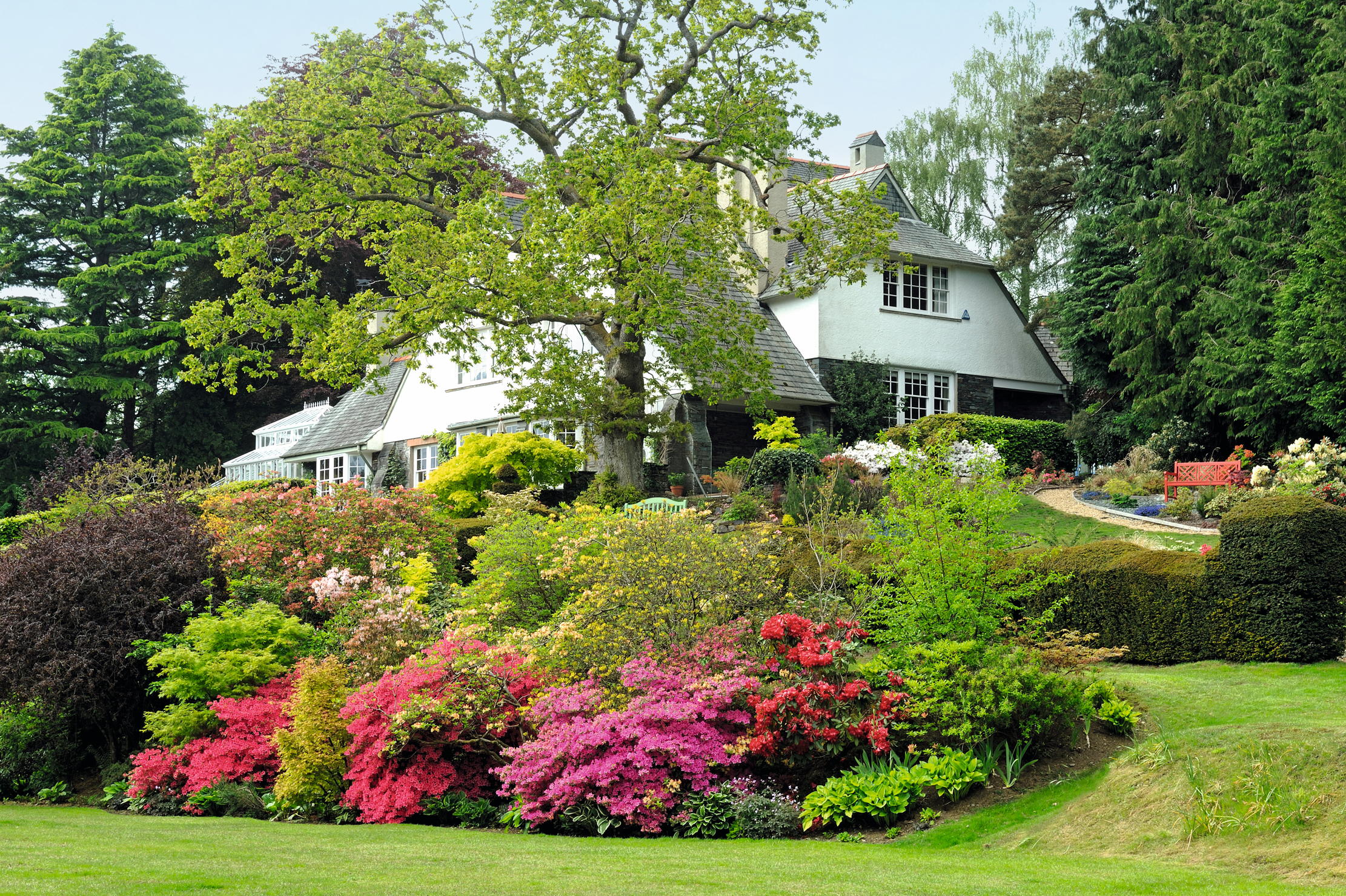
The gardens of High Moss, a Cumbrian paradise just moments from Derwentwater
Non Morris visits the much-loved gardens of High Moss, in Portinscale, Cumbria — home of Peter and Christine Hughes — and
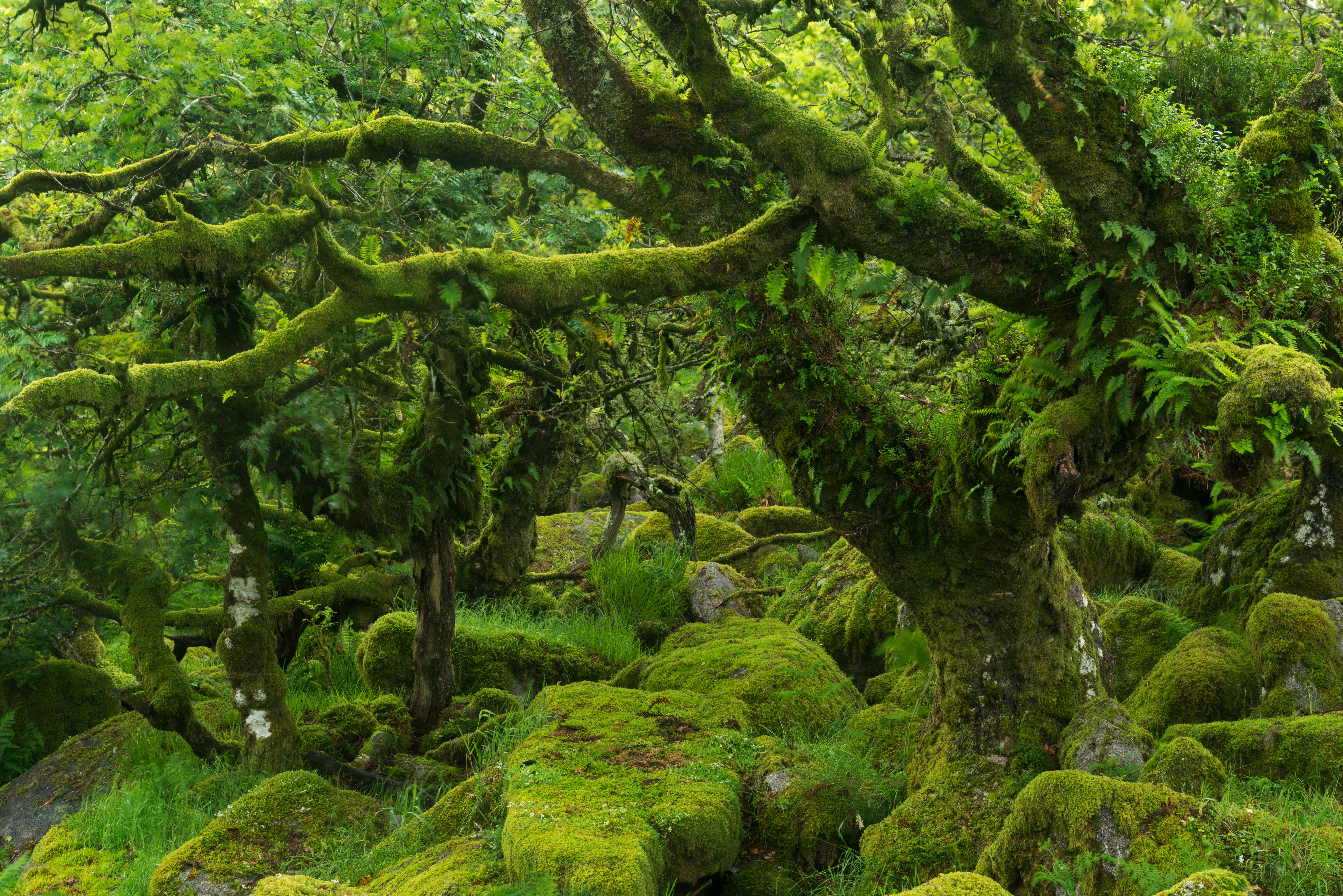
Moss: The 350-million-year-old plants that turn the unsightly 'into things radiant of beauty'
Moss is fascinating, ancient and bizarre, and grows so slowly — an inch per quarter of a century — as to make

A single peat moor stores the carbon of 1,000,000 cars — and this 'climate-action trump card' needs urgent protection
Recent research has discovered that one moor in Yorkshire stores as much carbon as one million cars would release in
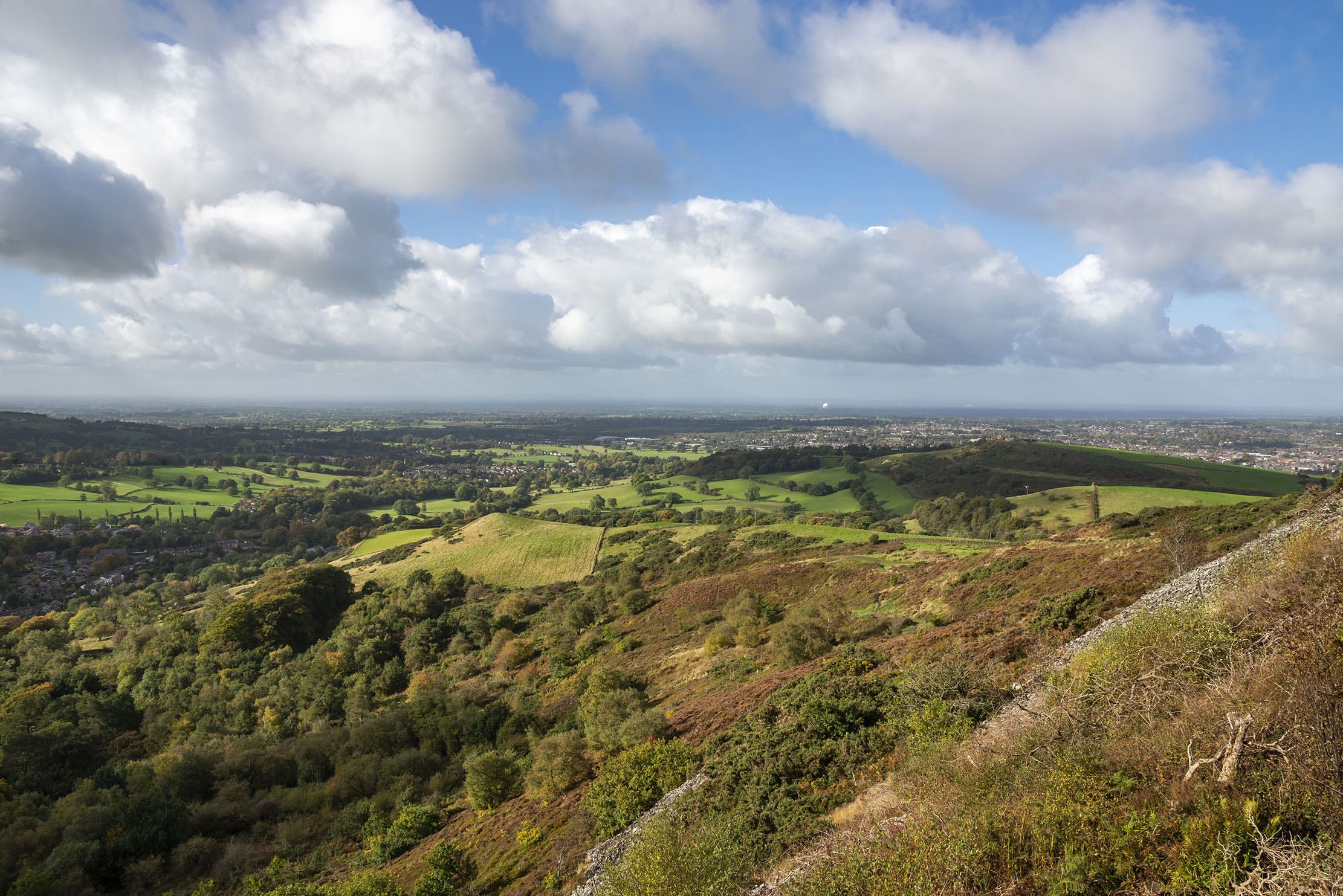
A walk across the Cheshire Plain, the 200-million-year-old landscape where yesterday’s old industrial sites are today’s nature reserves
Fiona Reynolds heads out for a walk on the Cheshire Plain, where industry and farming are juxtaposed to startling effect.
Mark Cocker is a naturalist and multi-award-winning author of creative non-fiction. His last book, ‘One Midsummer’s Day: Swifts and the Story of Life on Earth’, is out in paperback. A new book entitled 'The Nature of Seeing' will be published next year by Jonathan Cape.
